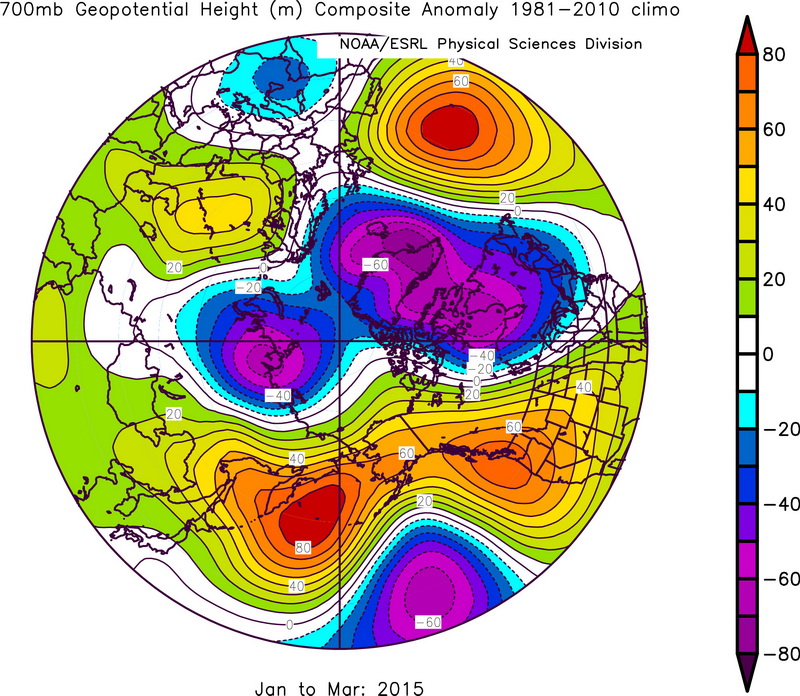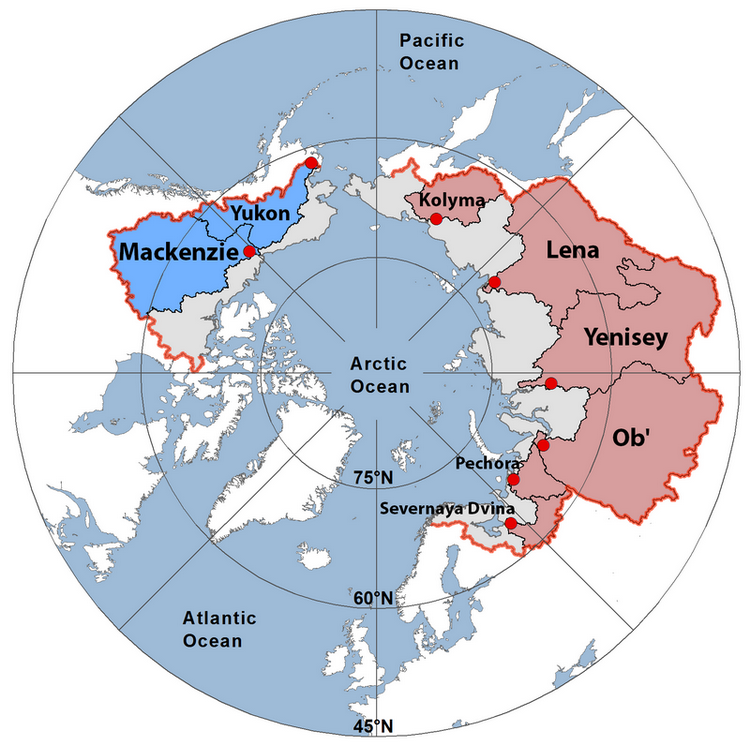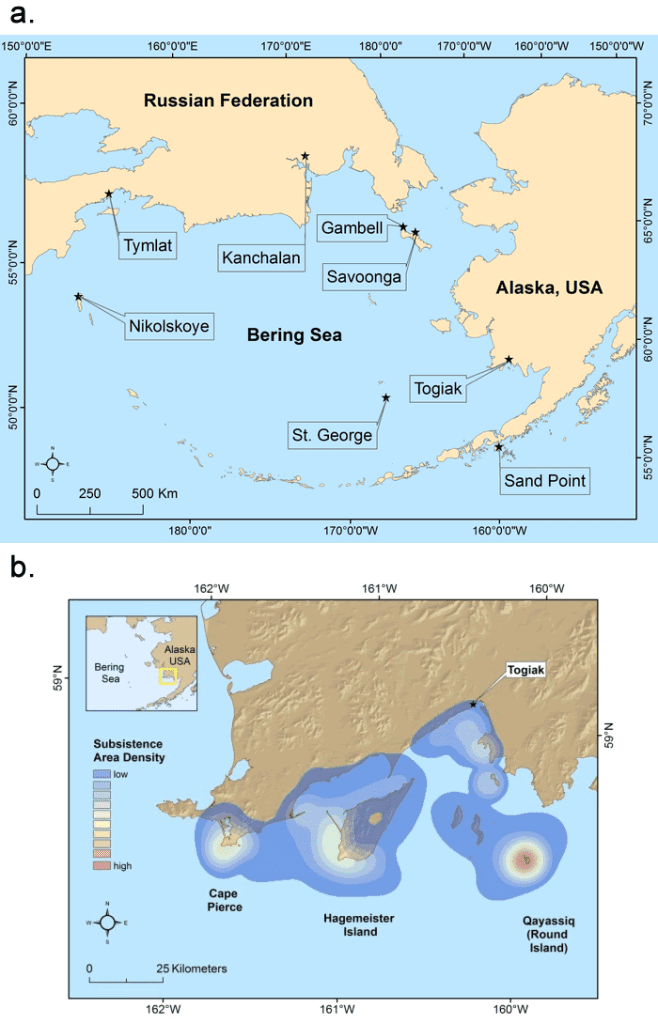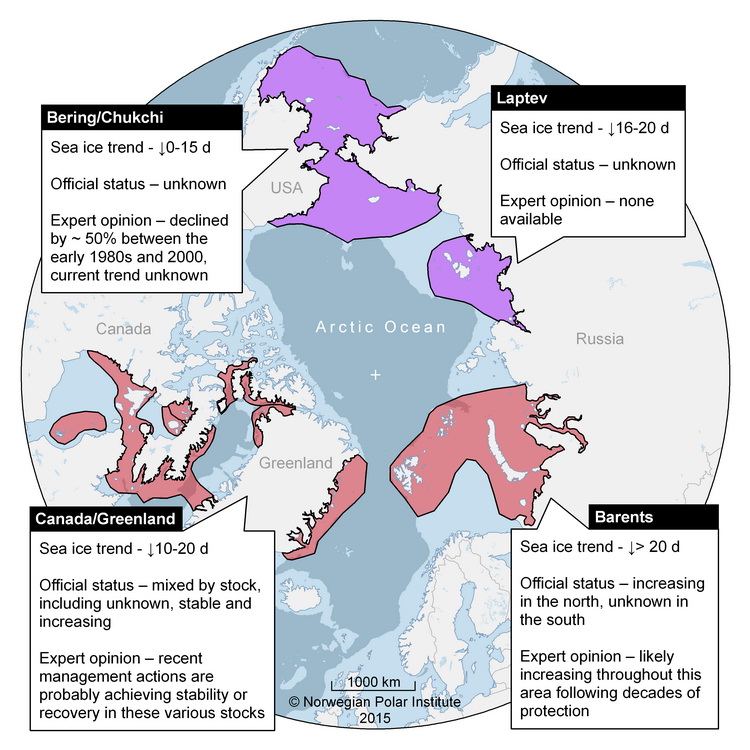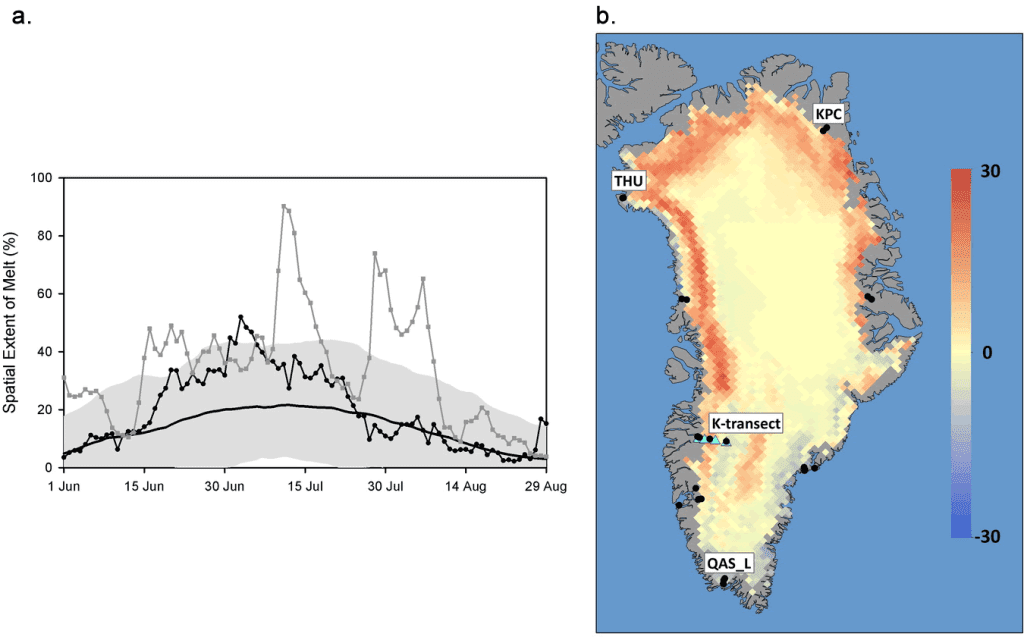Tundra Greenness
Vegetation in the Arctic tundra has been responding dynamically over the course of the last several decades to environmental changes, many of which are anthropogenically-induced. These vegetation changes throughout the circumpolar Arctic are not spatially homogeneous, nor are they temporally consistent (e.g. Bhatt et al. 2013), suggesting that there are complex interactions among atmosphere, ground (soils and permafrost), vegetation, and herbivore components of the Arctic system. Changes in Arctic tundra vegetation may have a relatively small impact on the global carbon budget through photosynthetic uptake of CO2, compared to changes in other carbon cycling processes (Abbott et al. 2016). However, tundra vegetation can have important effects on permafrost, hydrological dynamics, soil carbon fluxes, and the surface energy balance (e.g. Blok et el. 2010, Myers-Smith and Hik 2013, Parker et al. 2015). Tundra vegetation dynamics also control the diversity of herbivores (birds and mammals) in the Arctic, with species richness being positively related to vegetation productivity (Barrio et al. 2016). To improve our understanding of these complex interactions and their impacts on the Arctic and global systems, we continue to evaluate the state of the circumpolar Arctic vegetation.


